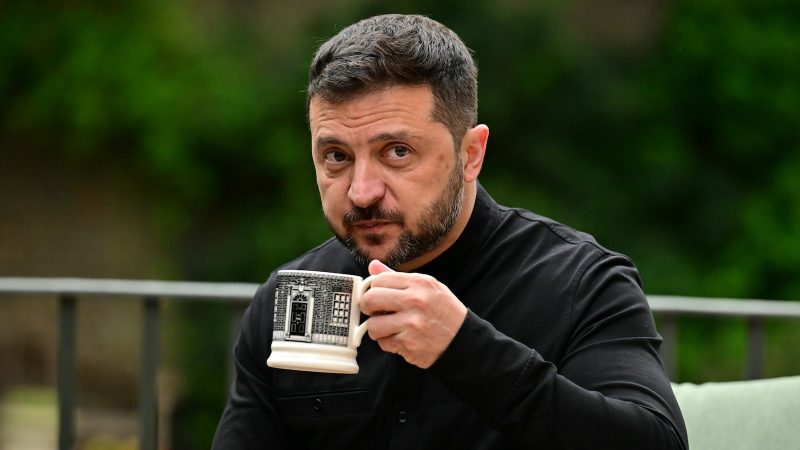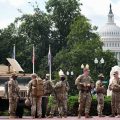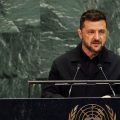
Ukrainian President Volodymyr Zelenskyy’s upcoming visit to the White House comes at a critical juncture in the ongoing conflict with Russia. His statement highlighting Russia’s continued refusal to agree to a ceasefire underscores the significant challenges facing peace negotiations. The situation has been further complicated by the recent summit between President Trump and President Putin in Alaska, a meeting that excluded Ukrainian representatives.
Sources indicate that Russia’s demands during the Alaska summit included Ukraine ceding its contested eastern Donetsk region in exchange for a cessation of hostilities. This demand is unacceptable to Kyiv, which has consistently rejected territorial concessions without binding security guarantees from the US and other allies. Zelenskyy himself has ruled out relinquishing Donetsk, emphasizing its strategic importance and potential to serve as a springboard for future Russian offensives.
Adding to the complexity, Kyiv insists that a ceasefire must be in place before any meaningful peace negotiations can begin. Russia’s persistent avoidance of such a ceasefire, as noted by Zelenskyy in a Telegram post, significantly hinders progress toward a peaceful resolution. He expressed concern that Russia’s unwillingness to halt the violence suggests a much more substantial effort will be needed to achieve lasting peace with its neighbors.
Despite these challenges, Zelenskyy’s White House meeting with President Trump on Monday, also attended by European leaders, offers a glimmer of hope for diplomatic progress. However, President Trump’s previous statements urging Kyiv to ‘make a deal’ with Russia, coupled with his praise for Putin, raise questions about the US’s approach to the conflict and the potential outcomes of the upcoming discussions.
The situation remains highly volatile. Zelenskyy warned of a potential escalation of Russian military actions, aiming to gain leverage in ongoing negotiations. This warning followed a reported overnight attack involving 60 drones and a missile, with Ukraine’s air force claiming to have intercepted or suppressed the majority. These events underscore the urgent need for a resolution to the conflict, and the significant obstacles that still lie ahead.










